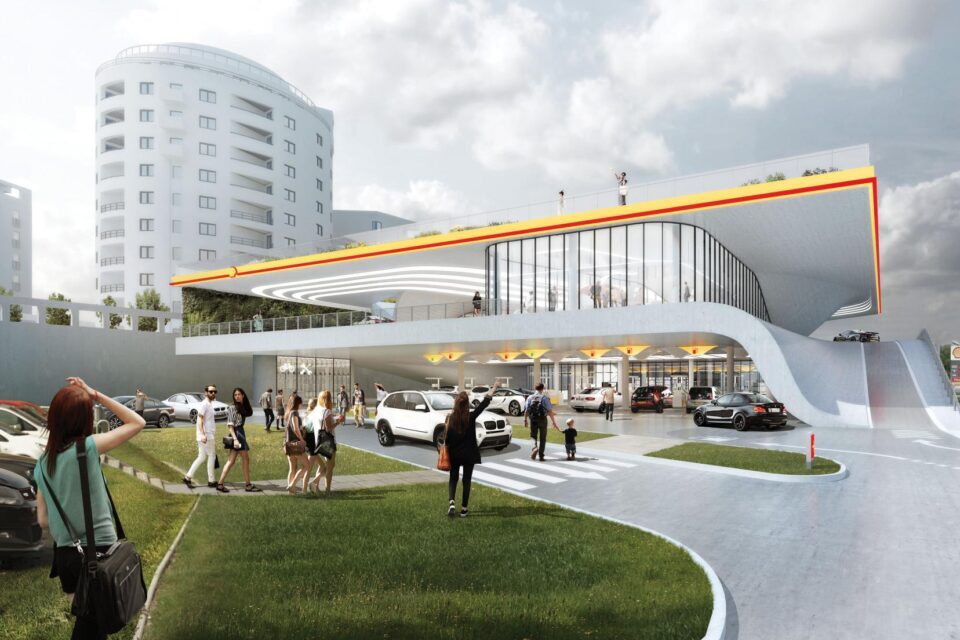Current market trends show fuel retailers are no longer vehicle-centric, but instead customer-centric offering diversity in services. In recognition of the changing industry sector with the onset of car sharing, electric mobiles and heightened customer expectations, petrol stations are now touted as the new space of connecting for people through convenience and personalisation.
To stay ahead of the game and on trend, new petrol stations would do well to focus on consumer expectations which may be high-quality, fresh and healthy food options, better value and more attractive store formats. The operation must create a seamless and convenient experience for customers through investing into options such as self-service checkouts for all in-store transactions.
The retail fuel market is highly dynamic and competitive, with fuel prices closely linked to international prices. Once dominated by the likes of Shell, BP, Mobil and Caltex, the entry of the supermarket chains in the early 2000s raised the stakes ultimately increasing competition and altering the traditional model of what consumers were being provided.
Driven largely by the combined effects of vehicle technology, changing consumer preferences and emergence of the share economy (access over ownership), the Australian fuel market is prime for disruption with its locations far too strategic to ignore.
